- Joined
- Apr 30, 2005
- Messages
- 33,270
Here is my understanding and some thoughts.
Discussion and corrections are welcome.
White light is actually a mixture of all colors.
Fire is the dispersion of white light into its component colors.
It happens when the all the angles are just right ... not just the angles of the effective-prisms in the diamond (it happens more with good cut than poor cut) but also the angle the light source makes.
The angle depends on the light source's size and its distance to the diamond.
Generally we think fire depends on the size of the light source.
Small source = fire ... like a tiny halogen bulb at the ceiling.
Large source = no fire ... a very cloudy sky which presents a 180 degree flat even dome of light.
But fire is not actually dependent of the size of the light source, it depends on the angle the light presents AT the diamond.
For instance with a diameter of 1.4 million Kilometers the sun is a rather large light source, so it should not produce fire.
But it does.
Why?
Because it's so far away.
Similarly the same 6" can light fixture in the ceiling that produces lots fire will produce no fire if you move it close enough to the diamond.
To illustrate this see drawing below.
Notice how the angle of the light the diamond 'sees' increases as the distance decreases, even though the size of the light source remains the same.
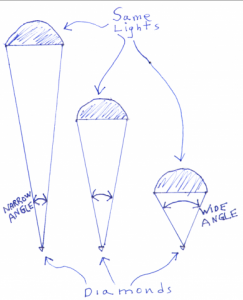
Discussion and corrections are welcome.
White light is actually a mixture of all colors.
Fire is the dispersion of white light into its component colors.
It happens when the all the angles are just right ... not just the angles of the effective-prisms in the diamond (it happens more with good cut than poor cut) but also the angle the light source makes.
The angle depends on the light source's size and its distance to the diamond.
Generally we think fire depends on the size of the light source.
Small source = fire ... like a tiny halogen bulb at the ceiling.
Large source = no fire ... a very cloudy sky which presents a 180 degree flat even dome of light.
But fire is not actually dependent of the size of the light source, it depends on the angle the light presents AT the diamond.
For instance with a diameter of 1.4 million Kilometers the sun is a rather large light source, so it should not produce fire.
But it does.
Why?
Because it's so far away.
Similarly the same 6" can light fixture in the ceiling that produces lots fire will produce no fire if you move it close enough to the diamond.
To illustrate this see drawing below.
Notice how the angle of the light the diamond 'sees' increases as the distance decreases, even though the size of the light source remains the same.



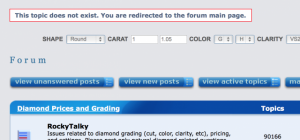
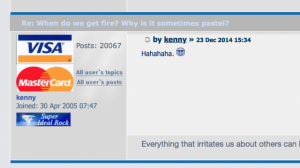
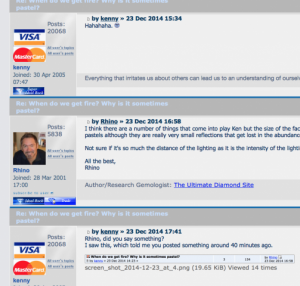
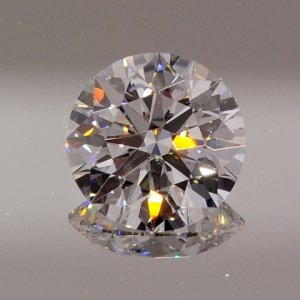
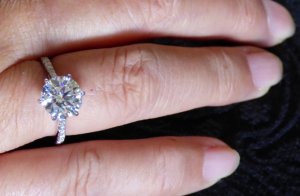
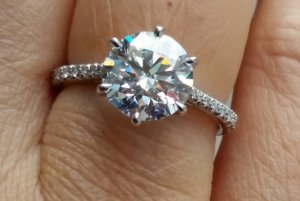


300x240.png)